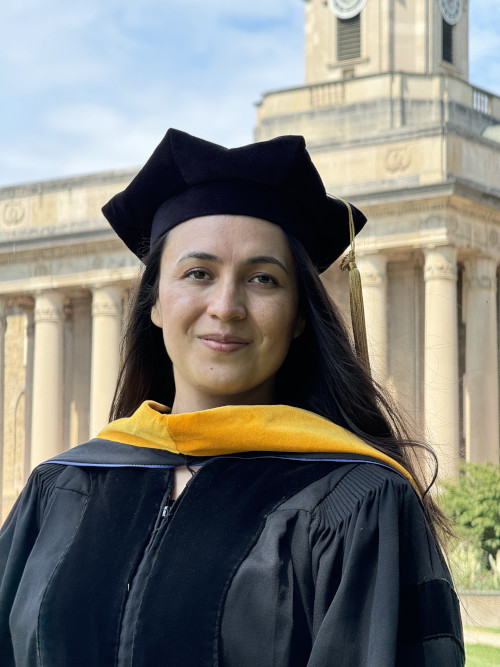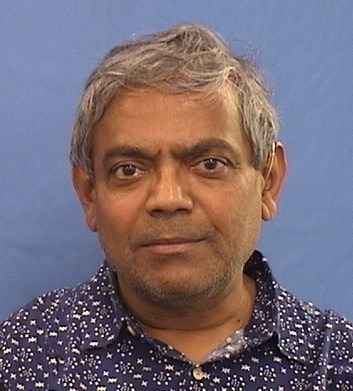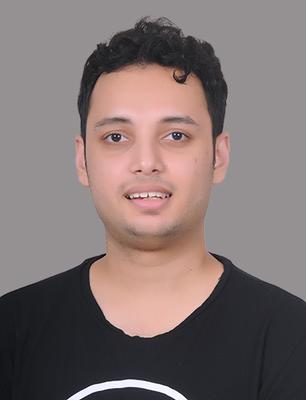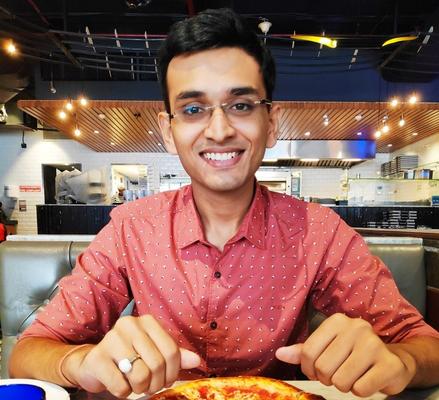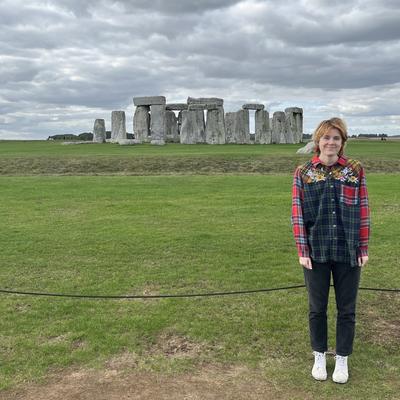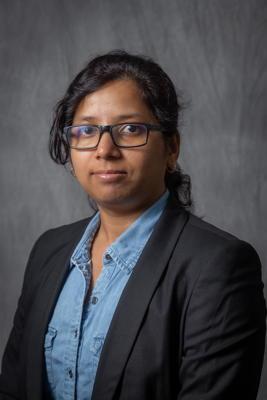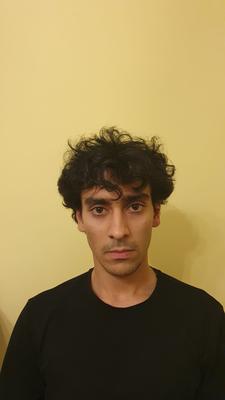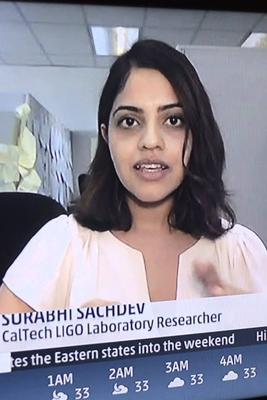Employment (current)
Professor Physics and Professor of Astronomy & Astrophysics, Pennsylvania State University, University Park, USA 2016
School of Physics and Astronomy, Cardiff University, Cardiff, UK Professor of Gravitational Physics 2003
Employment (past)
Associate Director, Institute for Gravitation and the Cosmos, Pennsylvania State University, University Park, USA 2017-2021
Lecturer, Senior Lecturer & Reader, Cardiff University, Cardiff, UK Professor of Gravitational Physics, UK, 1996-2003
Visiting Professor, California Institute of Technology, Pasadena, USA, 1996
Assistant Professor, Inter-University Centre for Astronomy & Astrophysics, Pune, India 1993-1995
Professional Training
Postdoctoral Fellow, International Centre for Theoretical Physics, Trieste, Italy 1992
Postdoctoral Fellow, Inter-University Centre for Astronomy & Astrophysics, Pune, India 1989-1991
Council for Scientific & Industrial Research, Postdoctoral Fellow, Indian Institute of Science, Bangalore, India 1988
Education
1987 PhD, Theoretical Physics, Indian Institute of Science, Bangalore, India
1981 MSc, Physics, Indian Institute of Technology, Madras, India
1979 BSc, Major in Physics, Chemistry and MathematicsBangalore University, Bangalore, India
Publications
-
Alessandra Buonanno,
Bala Iyer,
Evan Ochsner,
Yi Pan,
B. Sathyaprakash,
"Comparison of post-Newtonian templates for compact binary inspiral signals in gravitational-wave detectors." Phys. Rev. D 80 (2009)
-
Thibault Damour,
Bala Iyer,
B. Sathyaprakash,
"Improved filters for gravitational waves from inspiralling compact binaries." Phys. Rev. D 57 (1998)
-
B. Abbott,
others,
"Observation of Gravitational Waves from a Binary Black Hole Merger." Phys. Rev. Lett. 116 6 (2016)
-
Benjamin Abbott,
others,
"GW170104: Observation of a 50-Solar-Mass Binary Black Hole Coalescence at Redshift 0.2." Phys. Rev. Lett. 118 22 (2017)
-
B. Abbott,
others,
"GW170817: Observation of Gravitational Waves from a Binary Neutron Star Inspiral." Phys. Rev. Lett. 119 16 (2017)
-
B. Abbott,
others,
"Tests of General Relativity with GW170817." Phys. Rev. Lett. 123 1 (2019)
-
Chandra Mishra,
K. Arun,
Bala Iyer,
B. Sathyaprakash,
"Parametrized tests of post-Newtonian theory using Advanced LIGO and Einstein Telescope." Phys. Rev. D 82 (2010)
-
Benjamin Owen,
B. Sathyaprakash,
"Matched filtering of gravitational waves from inspiraling compact binaries: Computational cost and template placement." Phys. Rev. D 60 (1999)
-
B. Sathyaprakash,
S. Dhurandhar,
"Choice of filters for the detection of gravitational waves from coalescing binaries." Phys. Rev. D 44 (1991)
-
B. Sathyaprakash,
others,
"Scientific Objectives of Einstein Telescope." Class. Quant. Grav. 29 (2012)
